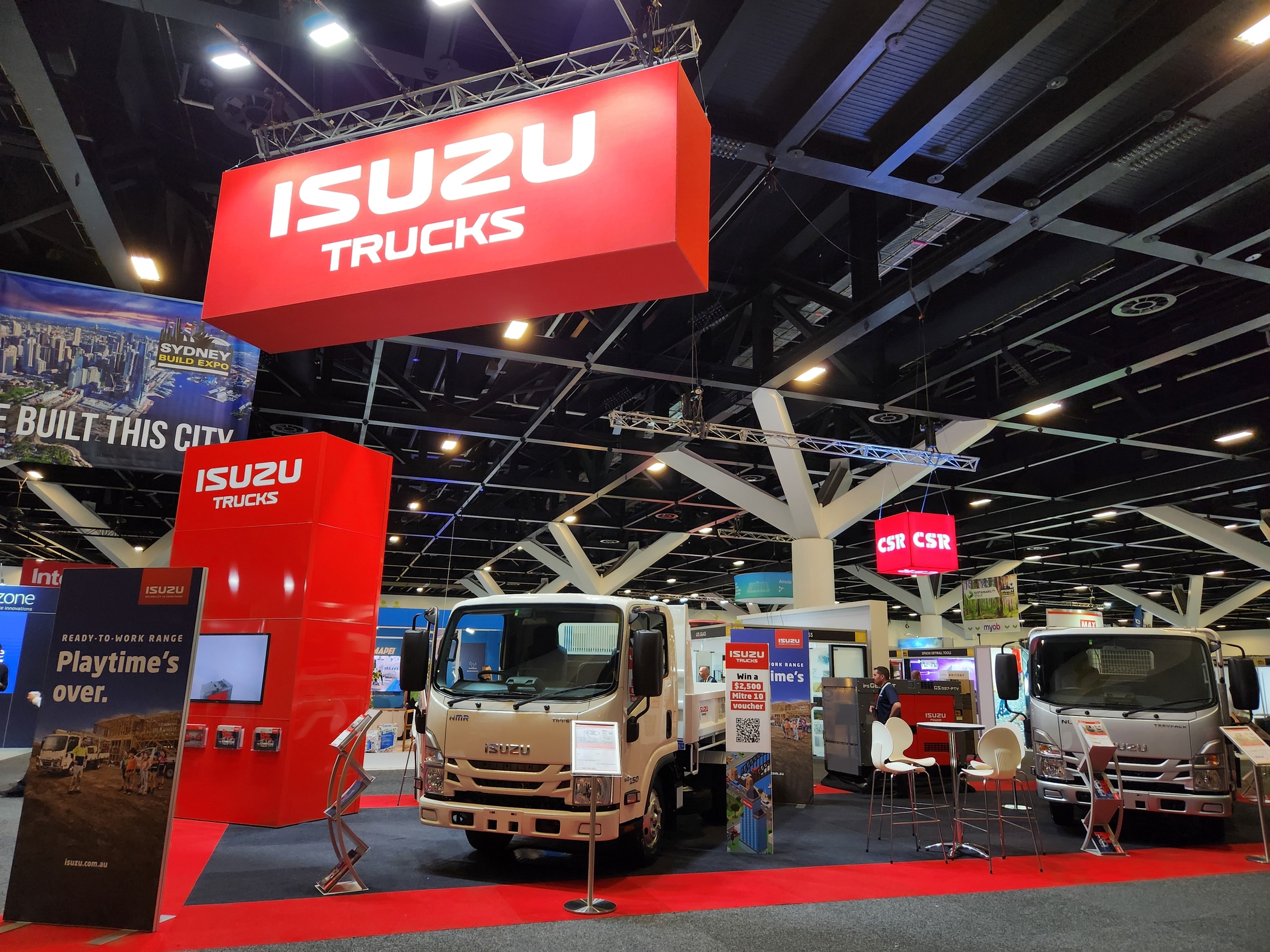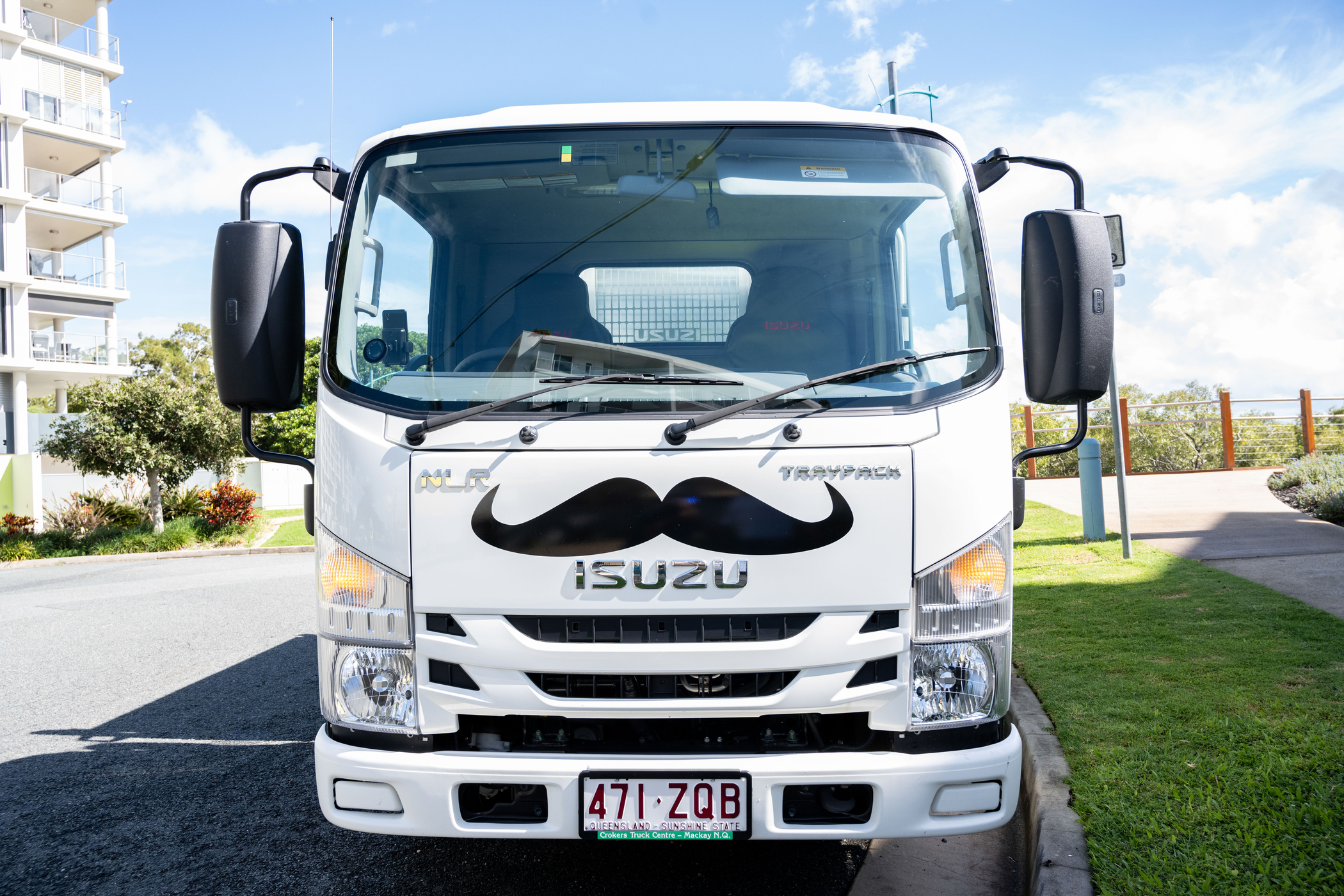You walk up to a dealership with the perfect truck in mind, every other decision made. Until you realise there’s still the one question: manual, automatic or automated manual transmission?
The age-old question may be one of personal preference: we all tend to have a favourite and we stick by it. However, there’s more to transmissions than just personal preference (or some say skill).
Which should we choose? We give you the low-down on the different transmission types and their pros and cons.
 Isuzu MYY-5T five-speed manual transmission in the NLR 55-150 Tri-Tipper
Manual
Isuzu MYY-5T five-speed manual transmission in the NLR 55-150 Tri-Tipper
Manual
The original in transmissions.
Once monopolising the transmissions landscape, manual transmission now faces competition from two-pedal transmission types.
2016 was the first year that sales of two-pedal truck models surpassed the manual’s up to then market dominance. In fact, only
13% of cars sold in 2014 were manuals, as compared to 33% in 2000.
However, this doesn’t mean that the manual transmission is going the way of the dinosaurs. Many drivers swear by manuals and would never drive anything else. Here are some benefits of using a manual transmission:
Most people who drive manuals say that the transmission gives them more control of their vehicle, from speed to gear changes, to better suit driving conditions and the engine.
Depending on how it’s being used, manual transmission usually requires less complex maintenance. And when parts require repair or replacement, it’s generally cheaper for manual than for automatic—unless the clutch needs replacing, which would mean a more costly bill.
This is a relatively tricky one.
Generally speaking, most of the time driving a manual can result in fuel savings thanks to the weight of manual transmissions, which tends to be lighter than an automatic. However, this added fuel efficiency in manuals isn’t always true.
Besides maintenance and fuel, manual vehicles are generally cheaper to purchase than most automatics.
Where the manual transmission loses out is in the amount of training and practice needed for someone to become skilled at driving a manual.
Because of that, many these days go for manual’s easy-going automatic counterpart .
Automatic
Simply put, learning how to drive an automatic is easier—there are only two pedals to wrap your head around.
Vehicles with automatic transmissions are also easier to drive, especially when driving through peak-hour traffic or for long distances.
Here are some of the most common benefits of automatics:
There’s probably enough said about this… Two pedals versus three in manual; there’s no need to work the clutch, especially when driving in stop-start traffic.
When it comes to navigating steep inclines or declines, automatics have the upper hand.
- High availability of drivers
With the increasing popularity of automatic transmission,
many are now opting for autos when learning to drive. Which means that there are more automatic drivers out there than ever.
But the automatic transmission does come with its shortfalls. It’s usually more expensive than a manual, which means forking out more money.
It’s also more expensive to repair than a manual due to the more complex transmission.
Other drawbacks include having less control over the vehicle, which can sometimes result in the vehicle overrevving or switching down to a lower gear when you do not want it to.
If only there was some way to combine the ease of automatic with the control of manual…
 Isuzu’s automated manual transmission
Automated Manual Transmission
Isuzu’s automated manual transmission
Automated Manual Transmission
Automated Manual Transmission (AMT) is the perfect balance between a manual and an automatic transmission.
Like an automatic, the AMT involves a straightforward two-pedal setup. With the AMT, you’re able to choose between automated or manual mode.
Very simply put, in manual mode the system engages the clutch for you as you change gears, dispensing of the need to perfectly time the clutch with a gear change.
In automated mode, the vehicle acts like any other automatic vehicle, allowing the vehicle to change gears on its own.
AMT encapsulates
the ease of automatic with the durability and control of manual. Here are some benefits:
If anything, AMT gifts even more control to the driver than a manual does. You have the choice of either cruising along on automated mode, or take back control by switching to manual.
With the benefits of both manual and automatic transmissions, AMT can pretty much do everything a manual or auto can do. So what you get is power, efficiency and ease—all in a two-pedal model.
Decisions, decisions
At the end of the day, the transmission you choose should make your life easier and suit the demands of your operations.
Another thing to think about is the ongoing truck driver shortage, which could be alleviated with the use of a two-pedal truck.
As the freight task grows, business owners are finding autos and AMTs a good way to both widen the employment pool and work around manual-related issues.
To begin with, automatics and AMTs require less skill (and thus less training) than a manual. And since light-duty trucks can be driven on a car licence, removing a clutch means many more potential employees to choose from.
Interested in the two-pedal debate? Check out
our thoughts on it.


 Isuzu MYY-5T five-speed manual transmission in the NLR 55-150 Tri-Tipper
Manual
The original in transmissions.
Once monopolising the transmissions landscape, manual transmission now faces competition from two-pedal transmission types.
2016 was the first year that sales of two-pedal truck models surpassed the manual’s up to then market dominance. In fact, only 13% of cars sold in 2014 were manuals, as compared to 33% in 2000.
However, this doesn’t mean that the manual transmission is going the way of the dinosaurs. Many drivers swear by manuals and would never drive anything else. Here are some benefits of using a manual transmission:
Isuzu MYY-5T five-speed manual transmission in the NLR 55-150 Tri-Tipper
Manual
The original in transmissions.
Once monopolising the transmissions landscape, manual transmission now faces competition from two-pedal transmission types.
2016 was the first year that sales of two-pedal truck models surpassed the manual’s up to then market dominance. In fact, only 13% of cars sold in 2014 were manuals, as compared to 33% in 2000.
However, this doesn’t mean that the manual transmission is going the way of the dinosaurs. Many drivers swear by manuals and would never drive anything else. Here are some benefits of using a manual transmission:
 Isuzu’s automated manual transmission
Automated Manual Transmission
Automated Manual Transmission (AMT) is the perfect balance between a manual and an automatic transmission.
Like an automatic, the AMT involves a straightforward two-pedal setup. With the AMT, you’re able to choose between automated or manual mode.
Very simply put, in manual mode the system engages the clutch for you as you change gears, dispensing of the need to perfectly time the clutch with a gear change.
In automated mode, the vehicle acts like any other automatic vehicle, allowing the vehicle to change gears on its own.
AMT encapsulates the ease of automatic with the durability and control of manual. Here are some benefits:
Isuzu’s automated manual transmission
Automated Manual Transmission
Automated Manual Transmission (AMT) is the perfect balance between a manual and an automatic transmission.
Like an automatic, the AMT involves a straightforward two-pedal setup. With the AMT, you’re able to choose between automated or manual mode.
Very simply put, in manual mode the system engages the clutch for you as you change gears, dispensing of the need to perfectly time the clutch with a gear change.
In automated mode, the vehicle acts like any other automatic vehicle, allowing the vehicle to change gears on its own.
AMT encapsulates the ease of automatic with the durability and control of manual. Here are some benefits:







